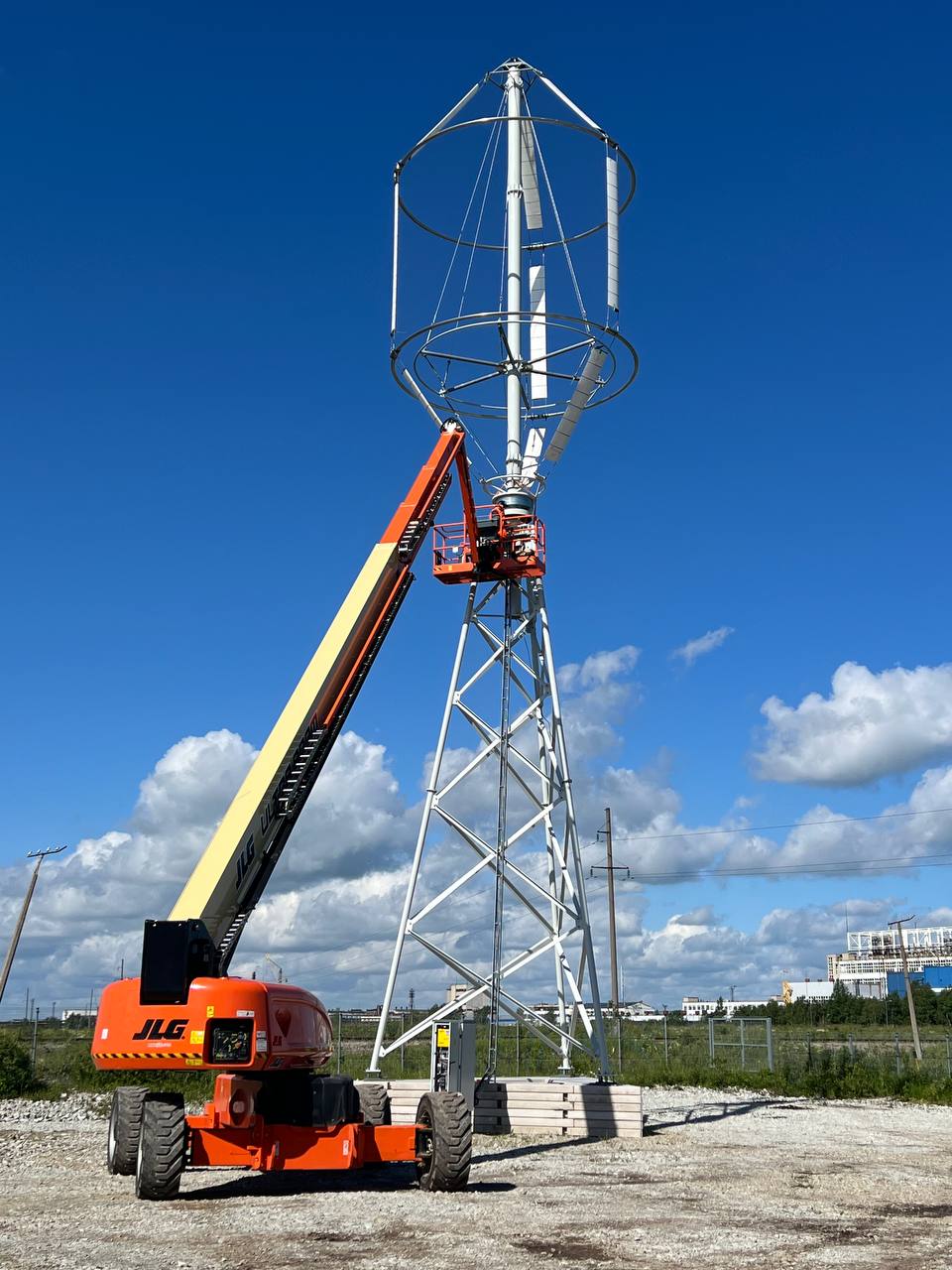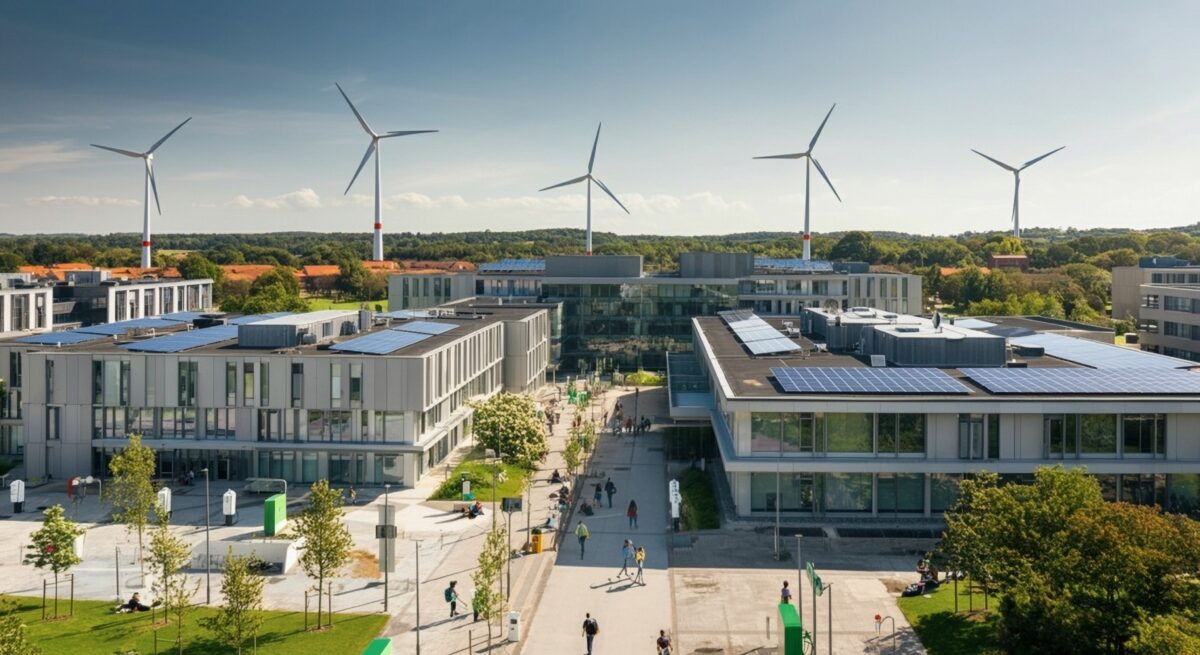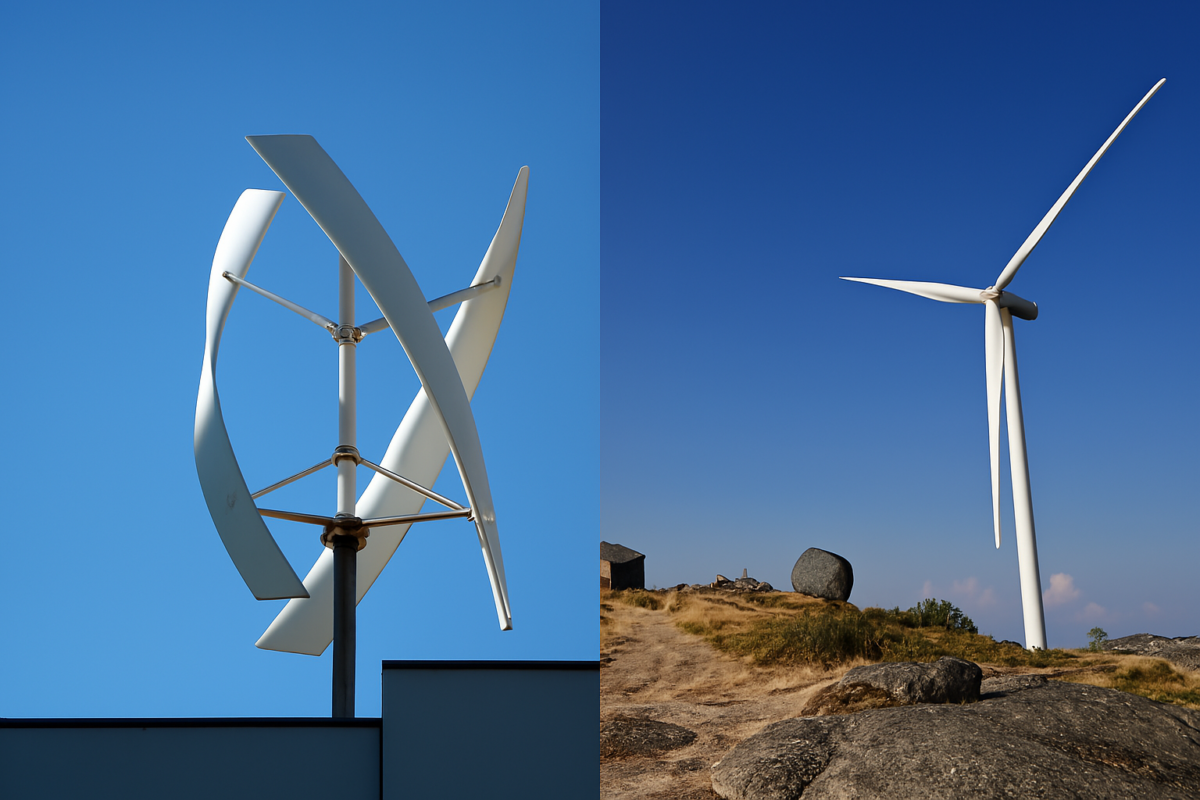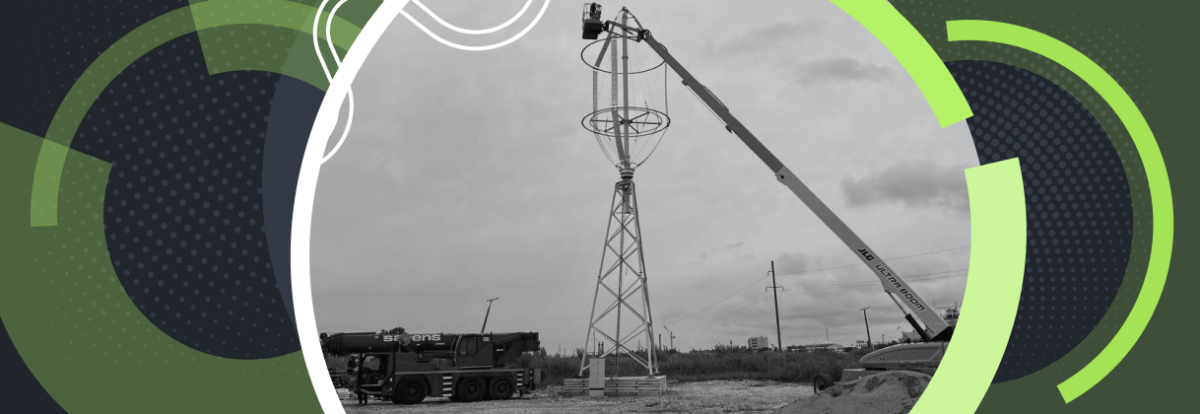Wind power has emerged as a leading player in the global shift toward renewable energy, offering a clean, reliable, and increasingly affordable alternative to fossil fuels. Yet, for many, wind energy may seem complex and out of reach—especially for smaller-scale consumers like farmers, landowners, and local businesses. Enter FREEN, a trusted provider of next-generation small wind turbine solutions, like the FREEN-20 kW, which bridges the gap between large-scale energy projects and smaller, versatile energy needs.
FREEN’s wind turbines offer a practical solution for modern consumers seeking an efficient, scalable, and eco-friendly energy source. Built with simplicity, ease of installation, and minimal maintenance in mind, the FREEN-20 kW wind turbine is compact, cost-effective, and designed to operate in a variety of environmental conditions. The benefits of small-scale turbines are substantial, including energy savings, reduced environmental impact, and a more sustainable future.
Cost Efficiency and Savings
One of the standout advantages of FREEN’s small wind turbine solutions is cost efficiency. Traditional energy sources are becoming more expensive due to fluctuating fuel prices, making wind power an appealing option for consumers. The FREEN-20 kW turbine boasts an affordable upfront cost compared to larger wind installations, and its design allows for energy conversion at an exceptional rate, even in low wind conditions. This makes it a valuable investment for landowners, telecoms, and communities looking to reduce their dependence on expensive grid electricity.
The compact vertical design of the FREEN-20 kW allows it to be installed in unconventional spaces such as rooftops, small plots of land, or areas with irregular wind patterns. With fewer friction components, FREEN turbines require minimal maintenance and avoid energy loss. Over time, this translates into significant energy savings for users, further enhancing their return on investment.
We offer a comprehensive site feasibility survey to evaluate your location, potential ROI, and available incentives – free! Contact us for more information.
Environmental Impact
Wind energy is widely recognized for its minimal environmental footprint, especially when compared to fossil fuels. The environmental impacts of wind energy are significantly lower than those associated with coal, oil, and natural gas. FREEN turbines exemplify this low-impact approach by being eco-friendly in both their operation and production.
Unlike fossil fuel-powered plants, wind turbines generate no greenhouse gases, thus helping to combat climate change. Furthermore, FREEN’s turbines are made from durable, recyclable materials, promoting wind turbine recycling and reducing waste at the end of their lifecycle. Additionally, wind turbines vs fossil fuels show a clear advantage: the production of energy from wind doesn’t deplete finite natural resources, nor does it cause pollution that contributes to global warming.
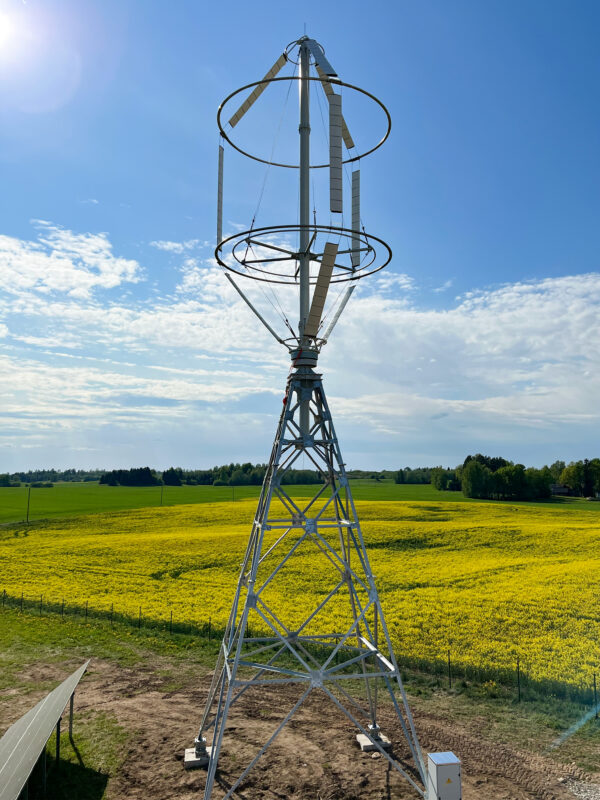
While some have raised concerns over the environmental costs of wind turbines, including potential harm to wildlife such as birds and bats and noise pollution, FREEN’s turbines are specifically designed to mitigate these issues. The turbines operate with minimal noise, making them suitable for residential areas, and their vertical design and placement strategies help minimize the risks to wildlife. Soft windmill blade is also a part of the design that makes the turbine less harmful for wildlife.
Wind Turbine Farms: Scaling Sustainable Energy
Though the FREEN-20 kW turbine is ideal for small-scale applications, wind energy can also be scaled up to create wind turbine farms. These farms are central to Europe’s ambitious renewable energy goals. With the total installed wind power capacity in Europe reaching 255 GW by the end of 2022, wind energy is now one of the fastest-growing energy sectors on the continent.
Wind farms offer the potential to meet the increasing energy demands while lowering greenhouse gas emissions. The energy production and efficiency of wind farms provide clean, renewable power to entire communities, reducing reliance on fossil fuels and helping Europe move toward its goal of 32% renewable energy by 2030. The community and economic impact of these farms is profound, creating jobs, providing stable energy prices, and reducing long-term energy costs for consumers.
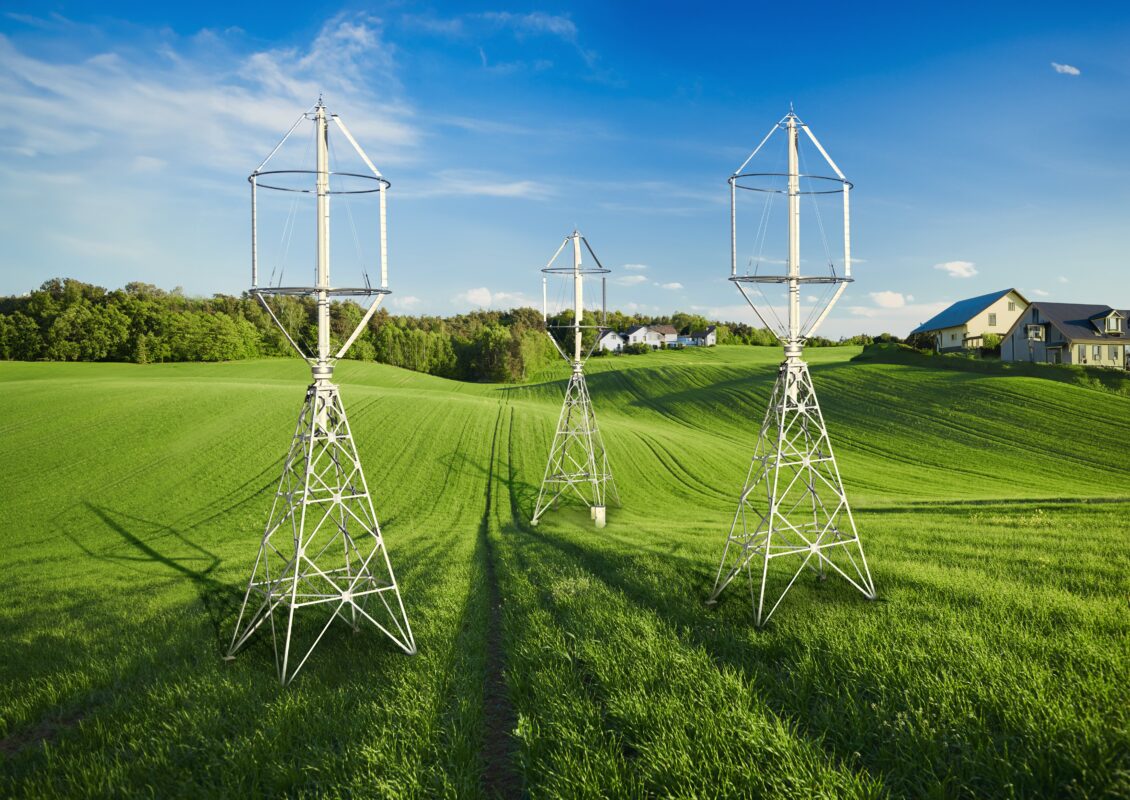
Understanding the Power of Wind
At the heart of these developments is wind turbine technology, which has evolved significantly in recent years. The FREEN-20 kW model is based on a Darrieus turbine design, a type of vertical axis wind turbine (VAWT) that excels in low-altitude and turbulent wind conditions. This design allows for smoother, more efficient energy generation compared to traditional horizontal-axis wind turbines (HAWTs), especially in challenging environments.
FREEN’s turbines are highly adaptable, capable of harnessing wind energy in areas previously thought unsuitable for wind power. This adaptability makes the technology accessible to a broader range of consumers, from rural farmers to urban planners seeking to reduce energy costs and environmental impact.
In comparing wind turbines vs fossil fuels, wind power offers several clear advantages. Wind is a free and inexhaustible resource, unlike fossil fuels, which are finite and increasingly expensive to extract. Moreover, wind turbines do not release harmful emissions, drastically reducing the environmental toll associated with electricity generation.
Let us help you with a free site feasibility survey to assess your potential and guide you through the process. Contact us today to book your free survey and unlock the benefits of wind energy!
Buying Guide for Wind Generators
Choosing and buying wind generator involves careful consideration of several factors. Consumers interested in the FREEN-20 kW wind turbine should first assess their specific energy needs, local wind conditions, and installation site. Rural areas with moderate to strong wind conditions are often ideal, but FREEN’s turbines can also perform well in lower wind conditions thanks to their energy conversion efficiency.
Installation and maintenance tips are crucial for ensuring optimal performance and longevity of the wind turbine. FREEN’s turbines are designed for straightforward installation, and with minimal friction components, they require very little ongoing maintenance. Periodic inspections and basic upkeep, such as checking for wear or debris, will ensure the turbine continues to operate efficiently for its 20-year lifespan.
Conclusion: Wind Energy for a Sustainable Future
As the world transitions away from fossil fuels and toward green energy, small wind turbines like the FREEN-20 kW represent a key part of the solution. Combining cost efficiency, environmental sustainability, and ease of use, these turbines offer a practical path toward a greener future. Whether for individual consumers, small businesses, or local communities, investing in small wind turbines can provide long-term energy savings while reducing our carbon footprint.
With Europe leading the charge in wind energy expansion, the future of renewable energy is bright, and FREEN is poised to play a significant role. Wind power offers numerous benefits, from reducing greenhouse gas emissions to promoting energy independence. And with the development of small, efficient turbines like the FREEN-20 kW, wind energy is more accessible than ever.
By embracing wind energy green energy today, consumers can help build a more sustainable and resilient energy landscape for future generations.


